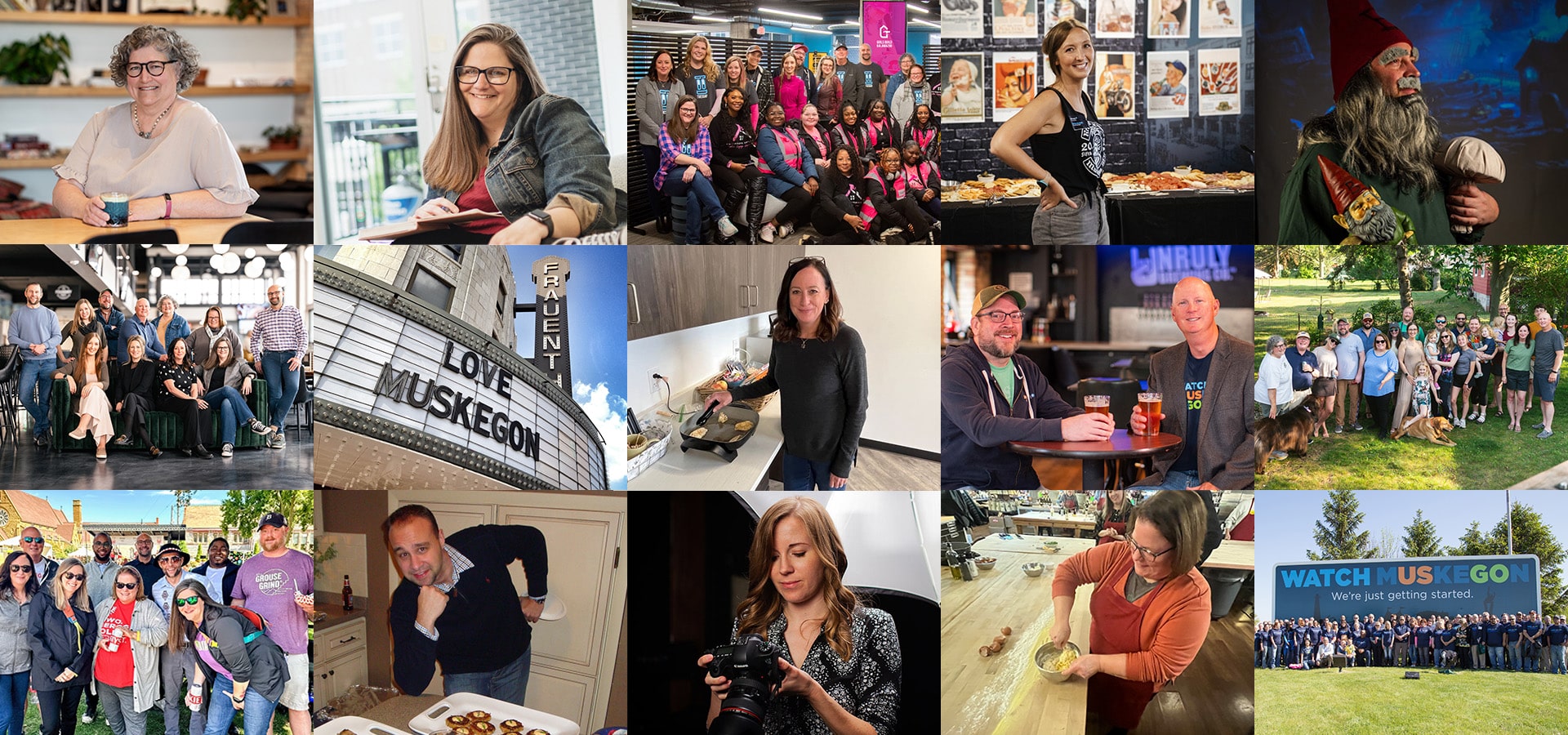There was a time when foosball tables and happy hours were the calling cards of company culture. But today’s candidates are asking bigger questions. Do I belong here? Will I grow? Will my voice be heard?
This is the second post in our Talent Attraction Blueprint series. If you missed the first entry, start with Purpose, read this second one on People, then move on to Platform, and finally, Proof on how to measure the ROI of employer branding.
Today, we’re talking about People, and more specifically, the value of building your employer brand on something real: employee truth.
What Is an EVP?
Your Employee Value Proposition (EVP) is the core of your employer brand. It defines what you offer to employees in exchange for their time, talent, and energy. Think of it as the answer to the question every candidate is silently asking: Why should I work here instead of somewhere else?
Why Your EVP Should Start with Employee Truths
Let’s not forget what business leaders love to say: people are a company’s most valuable asset. But you wouldn’t know it from how the hiring process is shifting.
A recent Bloomberg article paints a picture of a hiring process that’s getting less human. Applicants are interviewing with chatbots and getting ghosted without ever speaking to a real person. Automation has its place, but when we start removing the human connection from hiring, we’re missing the whole point of employer branding: to create a relationship between real people and a real company.
Employer branding should start with listening, not to your leadership team, but to your people. The ones already inside the walls. The ones who know what your company actually feels like.
According to Gallup, employee engagement plunged to 31 percent last year, the lowest level since 2014. That’s not just a dip in morale. It’s a signal that employees are feeling disconnected. Listening to what they really need and value is the first step toward rebuilding that connection. It’s a reflection of a growing gap between how companies recruit and what candidates want. Listening helps close that gap.
Because the truth is, the strongest Employee Value Propositions (EVPs) aren’t made up in the boardroom. They’re uncovered by listening.
Where Your Employer Branding Strategy Begins: Listening to Employees
Your EVP is what you promise to employees. It answers the question: Why work here?
A compelling EVP connects what your company stands for with what employees value most. And the only way to know what that is? Ask them.
HR and marketing teams often work in silos, but building an authentic EVP demands alignment. As we wrote in our blog HR and Marketing Alignment Is the Key to a Strong Employer Brand, creating shared goals, meeting regularly, and developing clear handoffs between departments ensures your message and experience are consistent.
Step 1: Start with Real Conversations
Don’t outsource your listening. Interview employees yourself or with a trusted partner. Ask what brought them here, what keeps them, and what they’d change if they could. Look for themes in the answers, not just quotes for your careers page.
Step 2: Find the Disconnect Between Brand and Experience
What does your careers page say about your culture? What do employees say? Where there’s alignment, you’ve got a story. Where there’s tension, you’ve got an opportunity to improve or at least get honest.
Step 3: Use Real Stories to Build Trust
Once you’ve heard the real story, tell it. Use employee language, not corporate-speak. Showcase real people in your content. Don’t sanitize the story. Keep the edges. That’s where trust lives.
The Role of Employee Advocacy
When employees are proud of where they work, they naturally become brand advocates. And that advocacy doesn’t just live at the lunch table. It shows up in job posts, on careers pages, and especially on social media platforms like LinkedIn and Glassdoor.
Real employee stories bring a level of credibility that no campaign tagline can match. When team members share videos, comment on posts, or simply talk about their experience in an unscripted way, it sends a powerful message to prospective candidates.
Your people are your brand. And their voices carry further than any paid ad ever could. That’s why human-centered storytelling matters. Not just as a creative approach, but as a business strategy.
Encourage employees to share their experiences. Make it easy for them to talk about their work and your culture in authentic ways. This doesn’t require a campaign. Just a culture worth sharing.
EVP in Action: NorthernBio
As a growing life sciences company, NorthernBio needed a brand that could position the company as a serious player in a competitive space. We led the full rebranding effort, including naming, tagline, messaging, and web content, that brought their story into sharp focus for investors, researchers, and prospective employees.
The employer branding campaign has instilled a sense of pride in the team, improving retention and bolstering recruiting efforts. At the heart of NorthernBio’s EVP is a simple, powerful promise: Better Lives Begin With Us. The message came to life through a human-centered storytelling approach that let employees tell their own stories, in their own words. This not only resonated with prospective hires but also reminded current team members of the meaningful work they do every day.
See for yourself at www.northernbiolab.com.
When you treat storytelling as a way to reflect and reinforce your culture, not just market it, you create a brand that sticks.
Build Your EVP with Revel
If your employer brand is a house, your EVP is the foundation. But that foundation has to be built on truth. On what real employees really say. On who you actually are, not just who you want to be.
Start with listening. Build from there. And when you’re ready to take the next step, know that you don’t have to go it alone.
In the next post of our Talent Attraction Blueprint series, we’ll talk about how to make your message visible in the right places and how to make sure it’s seen by the right people.
Because when your brand reflects the people behind it, you don’t just attract talent. You keep it.
Have a story to tell, but are not sure how to say it? Let’s figure it out together.




